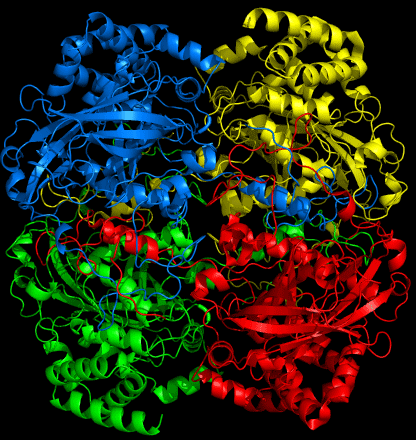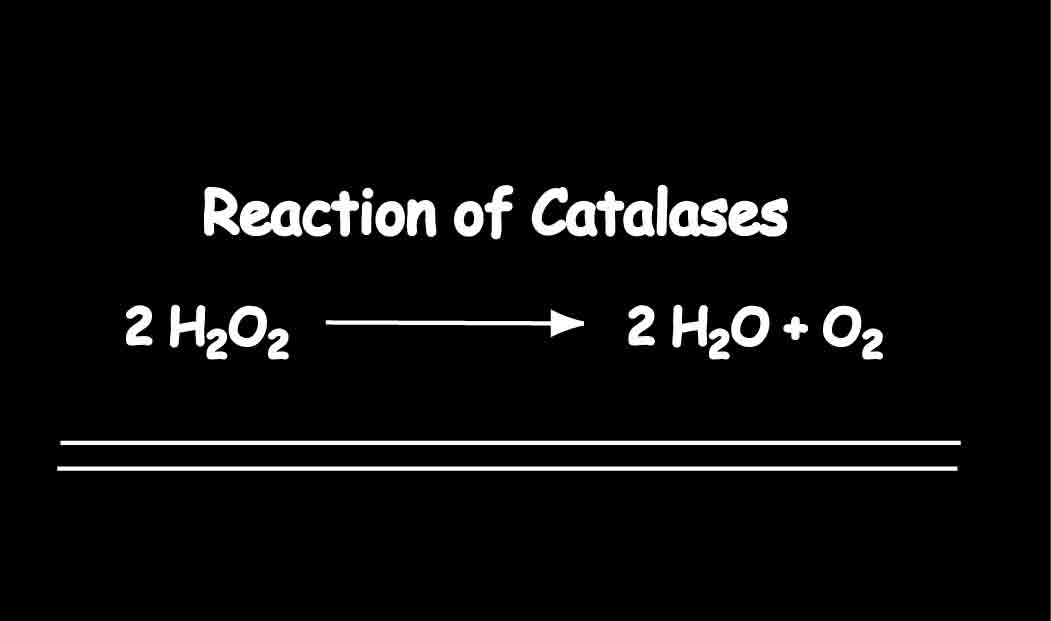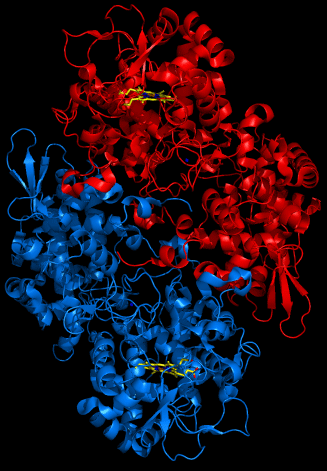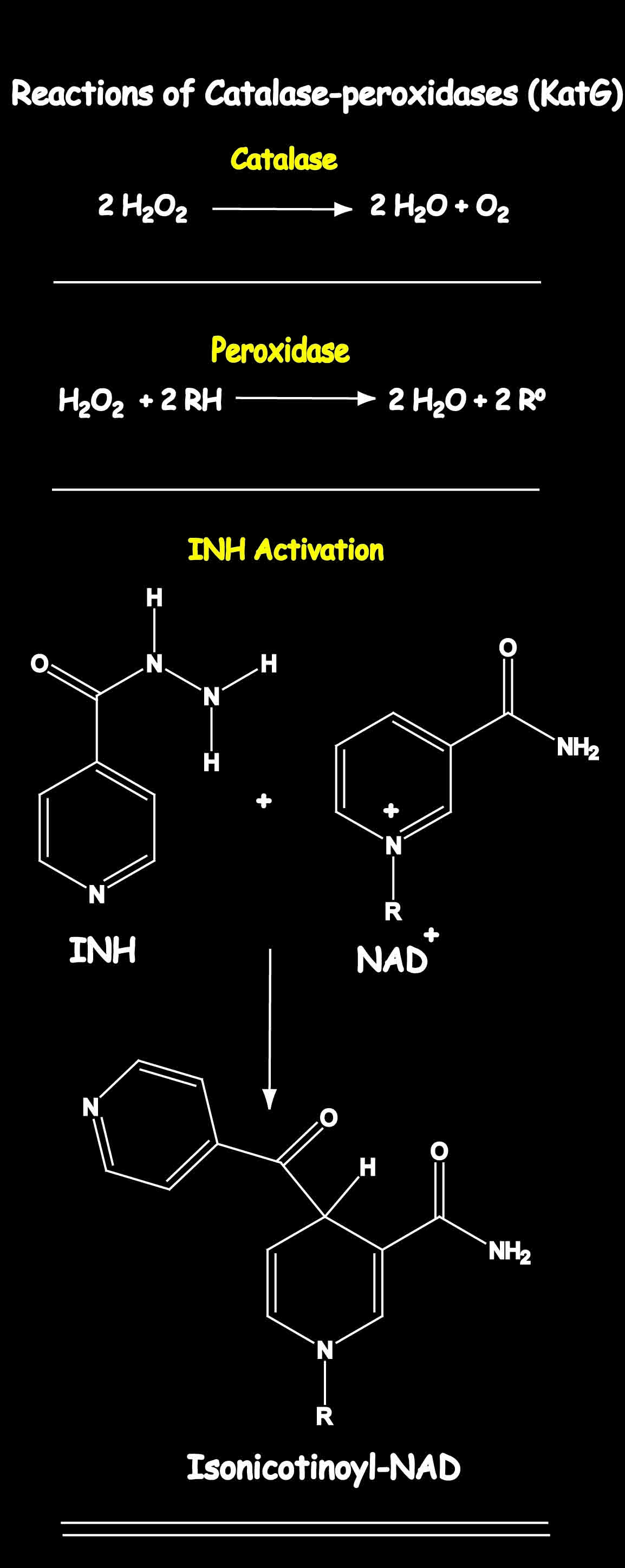The overriding goal of research in the Loewen lab was to gain a better understanding of the oxidative stress response. The methods used to achieve this goal changed over the years with the primary focus eventually being on the catalytic mechanisms used by catalases to destroy hydrogen peroxide before it damages cellular components. Of the three main classes of catalases, the monofunctional heme catalases and bifunctional catalase-peroxidases were the main objects of intense and detailed study. Background The importance of catalases to life is evident in the fact that most organisms produce more than one, with three or four not being uncommon. For example, the common bacterium Escherichia coli produces two catalases or hydroperoxidases, HPI and HPII, and these two enzymes served as model systems for studies of catalase structure and function in the Loewen laboratory for over 30 years. HPI is a member of the bifunctional catalase-peroxidase family and is active as both a dimer and a tetramer of identical 81 kDa subunits, each containing one heme b group. HPII is a monofunctional, large subunit catalase, which is active as a tetramer of identical 84 kDa subunits, each with a heme d group. Much of the work describing the characterization, genetics and molecular genetics of catalases from E. coli originated in the Loewen lab. The genes encoding HPI (katG) and HPII (katE) were mapped, cloned and sequenced in the 1980s. The demonstration that HPII expression was controlled by KatF lead to the characterization of KatF as an alternate sigma transcription factor controlling stationary phase gene expression. KatF was ultimately renamed RpoS or Sigma-S and work in other laboratories went on to characterize the RpoS regulon. Catalases HPII (or KatE) was the focus of a detailed structure-function study that included the construction and characterization of over 100 mutant variants of which 30 structures were determined by X-Ray crystallography. These structures provided insights into the catalytic mechanism, of which one highlight was the involvement of an electrical potential field in the entrance channel that orients the incoming substrate hydrogen peroxide (H2O2) as it approaches the deeply buried active site. In addition, structures of catalases from the plant pathogen Pseudomonas syringae (CatF) and the human pathogen Helicobacter pylori (HPC) were determined, providing insights into the diversity of catalase properties. Catalase-peroxidases The catalase-peroxidase HPI (or KatG) of E. coli is very similar to KatG from Mycobacterium tuberculosis which activates the widely used anti-tubercular pro-drug isoniazid (INH). Interest in KatGs increased immensely when it was found that the major cause of the spread of isoniazid resistance tuberculosis in the world was a mutation in the katG gene in M. tuberculosis. Unfortunately, HPI from E. coli proved to be not amenable to crystallization despite 15 years of trying in the Fita lab. However, in 2003, persistence paid off with the crystallization and structure refinement of KatG from Burkholderia pseudomallei being achieved by Xavi Carpena and Ignacio Fita. This provided many unique and exciting insights into the catalytic mechanism of the enzyme. One particular highlight was the demonstration of a “molecular switch” role for Arg426 which modulates the catalase reaction. A second discovery was of an NADH oxidase activity in KatGs which was important for defining the mechanism of INH activation. Subsequently, the binding site for INH was identified leading to a revised mechanism for how the pro-drug is converted to isonicotinyl-NAD, its active form. EPR and molecular dynamics modeling all contributed to our understanding of the reaction mechanism. Thanks to many Now that my lab is shut down, I must in closing recognize that none of this work would have been possible without Jack Switala in my lab and the many collaborations including the X_Ray crystallography work with Ignacio Fita (Barcelona), the Electron Paramagnetic Resonance studies of Anabella Ivancich (Saclay), the computational modeling of Carme Rovira (Barcelona) and pKa modeling of Miguel Machuqueiro (Lisbon). I thank them all for their patience and willingness to work with someone from the wilderness of central Canada. |  H. pylori catalase HPC   B. pseudomallei catalase-peroxidase KatG  |
|
||
Research summary |
||



Powered by WordPress & Atahualpa |
